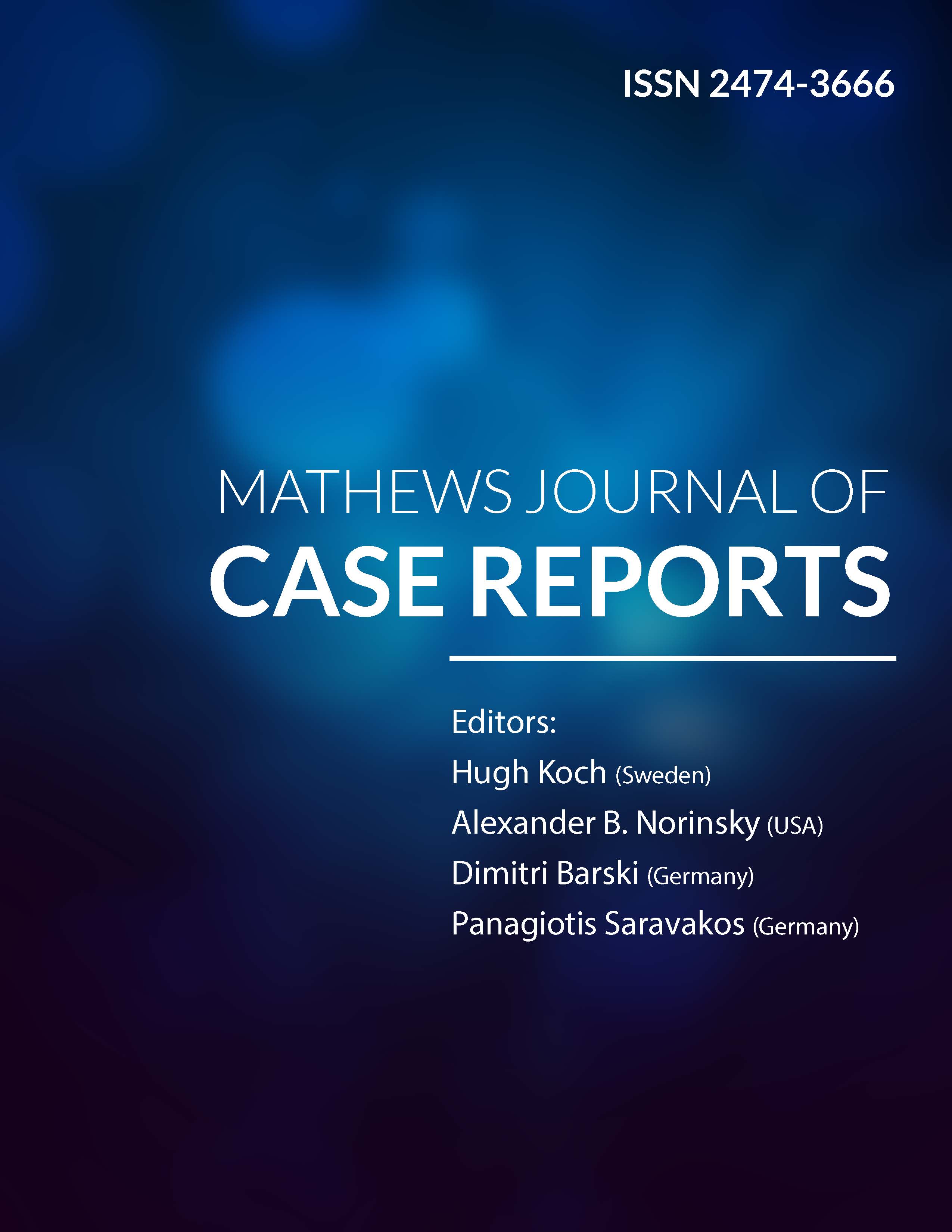
Information Links
Previous Issues Volume 9, Issue 5 - 2024
Extensive Cutaneous Larva Migrans: Report of A Case in Yemen
Mohammad Ali Alshami1, Ahlam Mohammad Alshami2, Hadeel Mohammad Alshami1
1Dermatology Department, Faculty of Medicine and Health Sciences, Sana’a University, Sana’a, Yemen
2Department of Conservative Dentistry, Faculty of Dentistry, Sana’a University, Sana’a, Yemen
*Corresponding author: Mohammad Ali Alshami, Dermatology Department, Faculty of Medicine and Health Sciences, Shamlan street 1064/18/10, Sana’a University, Sana’a, Yemen, Telephone: +967-733760082, Fax: +967-1202646, ORCID: 0000-0003-0083-7866, Email: [email protected].
Received Date: June 05, 2024
Published Date: June 21, 2024
Citation: Alshami MA, et al. (2024). Extensive Cutaneous Larva Migrans: Report of A Case in Yemen. Mathews J Case Rep. 9(5):168.
Copyrights: Alshami MA, et al. © (2024).
ABSTRACT
Cutaneous larva migrans (CLM) is the most common helminthic dermatosis, typically found in tropical
regions. It is most frequently caused by larvae of the dog or cat hookworm, Ancylostoma braziliense, which can penetrate and migrate through the host's epidermis by releasing degradative enzymes. Diagnosis is generally based on the characteristic clinical presentation, and empirical treatment with oral anthelmintics, such as albendazole and ivermectin, is usually initiated. This report details the case of a 47-year-old man with a 2-month history of an itchy, serpiginous eruption on his back, abdomen, buttock, and thigh. He was successfully treated with oral albendazole 400 mg/day for three days. This is the first documented case of CLM in Yemen.
Keywords: Cutaneous, Larva Migrans, Ancylostoma, Travel medicine, Skin, Zoonotic.